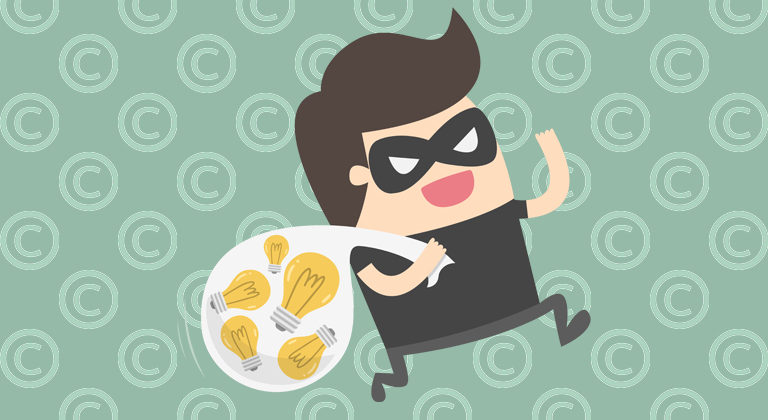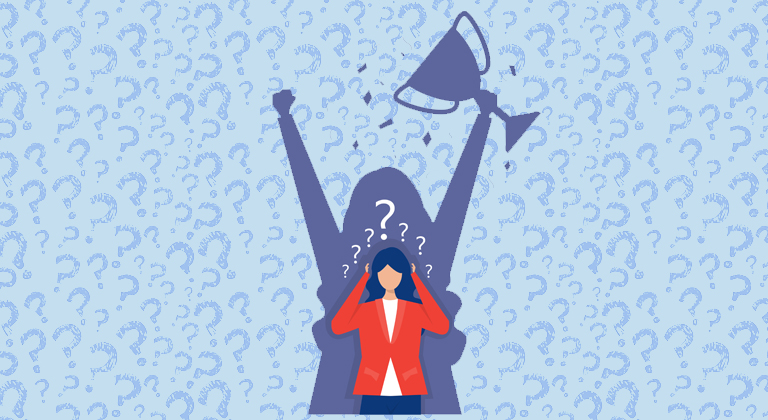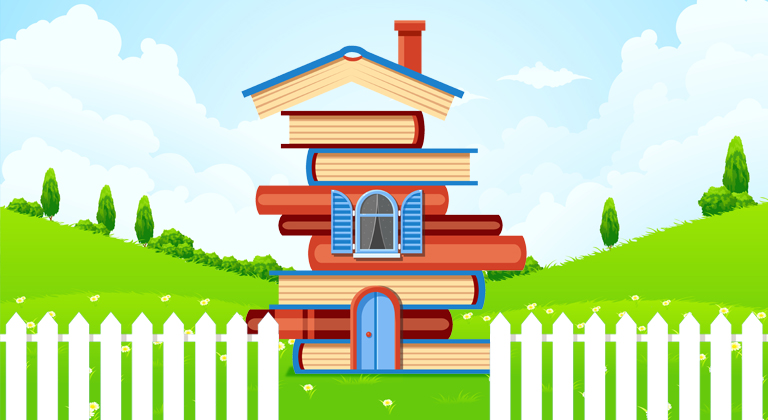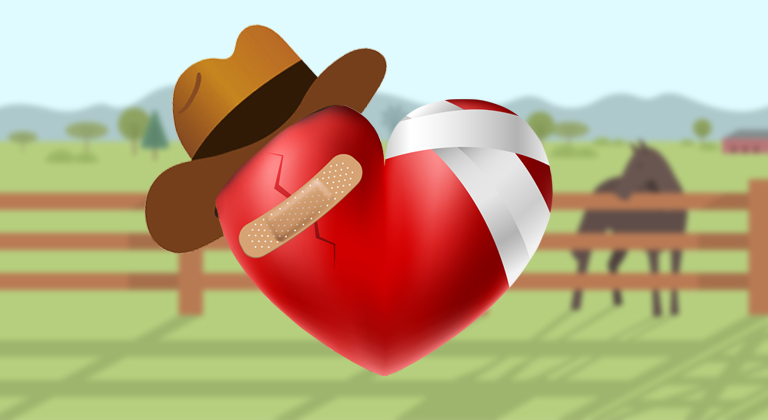Exploring the Fine Line between Inspiration and Plagiarism
In the ever-evolving world of literature and digital content, the boundaries between drawing inspiration and committing plagiarism are increasingly blurred. Recent headlines have underscored this, spotlighting allegations of plagiarism against prominent academic figures and bestselling authors. In today’s blog, Ginger tackles this intricate and potentially contentious topic, hoping to provide some clarity on the question of what constitutes legitimate literary borrowing versus unethical copying.
To achieve this, he will be exploring the “Somerton Scale,” a recently developed methodology designed to specifically grade the extent of plagiarism in creative works. By examining each level and providing examples from popular literature and film, he aims to make it easier to understand the subtleties surrounding intellectual property rights and the principles of fair use. Hopefully this exploration will help us all navigate the sometimes murky waters of this very complex issue.
Recently, the headlines have been rocked with accusations of plagiarism – from a Congressional Committee hearing into accusations that former Harvard President Claudine Gay plagiarized parts of her 1997 doctoral dissertation to claims that a best-selling self-published author lifted turns-of-phrase and lines of description directly from popular books in his genre.
But despite a lot of self-righteousness from some of the accusers, what does and doesn’t constitute plagiarism isn’t always black and white – and even when you might think it should be, there are very different standards to consider when comparing academic dissertations to works of popular fiction.
Clouding the issue further is the fact that some authors – myself included – make no secret of the inspiration for some of our original stories. For example, I published a novel that is essentially “Die Hard as a Romance Novel” and while the book is completely original – and is most definitely legally protected by the concept of Fair Use – it would be impossible not to acknowledge the classic eighties movie that inspired it.
Similarly, prodigiously successful author Jack Carr recently revealed that he inserts references to another eighties classic, TV show Magnum P.I., in many of his James Reece novels – begging the question of whether this is merely paying homage to a show that inspired him, or something a little more contentious.
Unfortunately, what does and doesn’t constitute plagiarism is more of a slippery slope than a hard-and-fast rule; so for those of us who unapologetically insert “Easter Eggs” from popular culture into our books, I’ve decided to study what is okay, what crosses into shades-of-grey territory (which is appropriate, given how Fifty Shades of Grey falls into that category) and what’s just outright wrong when it comes to referencing works of fiction that inspired you.
The Somerton Scale
Fortunately, I didn’t have to come up with these rules myself. After accusations of plagiarism recently rocked the YouTube world in a similar way to how they hit publishing, British YouTuber Tom “Tomska” Ridgewell created something he called The Somerton Scale – a reference to Canadian YouTuber James Somerton, who was recently accused of directly lifting passages from other people’s articles, books, and online posts when making his video essays about LGBTQ literature.
I’m going to take his Somerton Scale and contextualize it for authors – perhaps begging the question of whether or not I’m plagiarizing it! But I like to think that the very act of sharing another person’s interpretation of what is or isn’t plagiarism provides a valuable example of how the scale works.
In essence, Ridgewell defined eleven “grades” of plagiarism – each one more egregious than the one that came before it. Very quickly, here is a guide to what these grades encompass.
Grade #1: No Correlation
The first grade on the Somerton Scale is for things that people have created which are entirely original – at least when compared to something people are claiming it was plagiarized from. A good example of this can be demonstrated by comparing E. L. James’ 2011 novel Fifty Shades of Grey to J.R.R. Tolkien’s Lord of the Rings. While some people might claim that Fifty Shades of Grey is derivative, it’s certainly not derivative of Lord of the Rings; which has entirely unrelated characters, plot points, and significantly more talking trees than Fifty Shades of Grey!
Grade #2: Parallel Thinking
The second grade on the Somerton Scale recognizes books that were written entirely independently, but share similarities in terms of themes, concepts, or ideas. An example could be the comparison between George Orwell’s 1984 and Aldous Huxley’s Brave New World. Both novels were written independently of each other, but they share similarities in exploring dystopian futures and the potential dangers of authoritarian rule. While their approaches and visions differ, the parallel thinking lies in the exploration of societal control, surveillance, and the impact of oppressive regimes on individual freedoms. Essentially, two authors had the idea to write about the same thing. However, even a cursory study of both books confirms that neither copies or appropriates from the other.
Grade #3: Subconscious Appropriation
Speaking about appropriation, the third grade on the Somerton Scale refers to times when an author unintentionally incorporates elements from another work into their own due to exposure or familiarity. An example could be the comparison between J.K. Rowling’s Harry Potter series and T.H. White’s The Once and Future King. In The Once and Future King, T.H. White presents a coming-of-age story of King Arthur, and there are themes of magic, friendship, and the Arthurian legend. Rowling’s Harry Potter series, while distinct in its own right, also features a young protagonist in a magical setting with elements of friendship and the struggle between good and evil. One might argue that Rowling was influenced by her reading experiences and unintentionally incorporated certain thematic elements or ideas from White’s work into her own series. However, that being said, it’s important to note that this doesn’t imply deliberate copying but rather the impact of subconscious influences on an author’s creative process. Likewise, both books remain so distinctive that they can exist entirely on their own merits.
Grade #4: Inspiration
By the time we reach the fourth grade of the Somerton Scale, we’re talking about books that have very clear parallels with each other, without one necessarily copying from the other. A good example might be my book Codename: Mistletoe – which was undeniably inspired by Die Hard, and features terrorists taking over a city skyscraper just like in the movie. However, both works of fiction are entirely independent of each other, and therefore my version is protected by the “Fair Use” doctrine, outlined in Section 107 of the U.S. Copyright Act, which protects work from accusations of plagiarism as long as it meets some or all of four factors which protect it. In the case of my book, the original characters, setting, and events of my story are “transformative” enough to differentiate my book from the movie which inspired it.
Grade #5: Influence
By the fifth grade of the Somerton Scale, we’re dealing with books that very clearly couldn’t exist without each other. A great example is Jean Rhys’ 1966 novel Wide Sargasso Sea, which was written as a prequel to Charlotte Bronte’s iconic Jane Eyre. The book is the narrative of Bertha, the violently insane first wife of Mr. Rochester. Although the story and events are entirely original, they couldn’t exist without the characters and plot of Jane Eyre; meaning the Wide Sargasso Sea definitely infringes the copyright of Jane Eyre. However, given that Jane Eyre was written in 1847, Jean Rhys is protected by the fact that copyright protections have expired on Charlotte Bronte’s original work. Similar protections exist for other books written about existing characters who are out of copyright, like Alan Moore’s The League of Extraordinary Gentlemen, or Anthony Horowitz’s Sherlock Holmes novels. In the same vein, Horowitz wrote three novels about James Bond – this time protected by the fact that he was commissioned to do so by the Estate of Ian Fleming, owners of the copyright to the character of James Bond.
Grade #6: Reference
The sixth grade of the Somerton Scale is reserved for books which demonstrates obvious points of reference to other works. A good example is The Magicians by Lev Grossman, which includes numerous references to and inspirations from classic fantasy literature, most notably C.S. Lewis’s The Chronicles of Narnia. Grossman’s novel acknowledges and engages with the literary heritage of fantasy literature, providing a self-aware and sometimes critical perspective on the genre. Through these references, The Magicians becomes a conversation with and a reflection on the works that preceded it, creating a layered and nuanced reading experience for those familiar with the referenced material. Once again, Section 107 of the U.S. Copyright Act provides protection for authors like Grossman, who “transformed” the elements of the stories he references to a degree sufficient enough to have them recognized as original and distinctive works.
Grade #7: Allusion
The seventh grade of the Somerton Scale subverts the concept of referencing other works by making such references covert – to the degree that people without familiarity of the piece of work that is being alluded to could imagine that the result is wholly original. A good example is The Waste Land by T.S. Eliot, which is known for its extensive use of literary and cultural allusions, including references in works such as The Love Song of J. Alfred Prufrock and Dante’s Inferno. The opening lines of the poem allude to the Fisher King from Arthurian legend, and later sections include references to Shakespeare, the Bible, and various classical and modern texts. These allusions enrich the poem’s complexity, adding layers of meaning for readers familiar with the referenced works; but leaving those without that familiarity completely ignorant. This is probably the start of the “grey area” as far as ethical plagiarism goes; because while such allusions serve as compelling “Easter Eggs” for fans of the works being referenced, they could strike readers as straight up intellectual theft if they’re not. A good example comes from one of my own books, Branded by the Modern Day Pirate, which includes a line of dialogue from the classic 1980s action movie Conan the Barbarian. The entire book is a modern-day homage to that movie, but would be unrecognizable to most because it’s a contemporary romance novel set off the coast of Somalia, rather than a high fantasy novel set in the Hyborian Age. However, that line is a dead giveaway, and while many of my readers have emailed me to say how much they enjoyed it and understood the reference, I don’t explicitly credit Conan the Barbarian for the inspiration because I want it to be a secret “Easter Egg” that rewards readers who love the same movies I do.
Grade #8: Derivative
By the time you reach the eighth grade of the Somerton Scale, you’re stepping into the clearly defined territory of plagiarism – in spirit, if not in legal definition. A derivative work is one that outright copies elements from another source, albeit in a new and original way. Tom Ridgewell cites the 1983 movie Space Raiders as an example, which features spaceships and laser guns clearly copied from 1977’s Star Wars. In the literary realm, a book I mentioned earlier immediately springs to mind. While original enough to avoid legal repercussions, Fifty Shades of Grey is completely derivative of Stephanie Meyer’s Twilight series. In fact, it originally began as fan fiction of Meyer’s series! Although enough has been changed to protect Fifty Shades of Grey under the Fair Use doctrine, one of the reasons that series is so derided is because of how derivative it is.
Grade #9: Imitative
Many people have heard Oscar Wilde’s statement that “imitation is the sincerest form of flattery.” However, fewer are aware that this is only half of the saying. The complete quote is: “Imitation is the sincerest form of flattery that mediocrity can pay to greatness.” By the time we reach the ninth grade of the Somerton Scale, we’re definitely encountering artists who don’t just take inspiration from other works, but straight out copy the most important elements. That’s not to say the copies aren’t without merit, but it’s definitely sketchy territory from a legal point of view. A good example from television might be the hilarious show The Orville, which is basically just “Star Trek with dirty jokes.” That show shines by introducing an unfamiliar element (the irreverent humor) but is otherwise just Star Trek with different uniforms. Zack Synder’s recent movie Rebel Moon is another example, which is basically just the Star Wars movie he wanted to make, except not in the Star Wars universe. In the literary realm, The Sword of Shannara by Terry Brooks is a good example. It features a setting, races, and an overarching conflict between good and evil which bears an uncomfortable resemblance to elements from J.R. Tolkien’s The Lord of the Rings, but introduces just enough new elements to keep Terry Brooks out of a courtroom.
Grade #10: Cloning
Any work that has reached the tenth grade of the Somerton Scale has stepped out of the “grey area” of plagiarism and straight into the red zone. Cloning refers to when an “artist” (I use the term loosely) doesn’t just copy an original work, but makes a figurative Xerox of it. Because cloning books very clearly crosses into plagiarism, there are very few real-life example I can provide of it – but two that spring to mind demonstrate the problem. The first is an author both Craig and I encountered on a Reddit forum for authors. This writer took a popular romance novel and essentially rewrote it – re-writing every sentence so it was different, yet conveying exactly the same actions and events. Basically, it was the same book with only the order of the words and the names of the characters changed. Rewriting the words was enough to evade Amazon’s automatic plagiarism filters, but the plagiarism was obvious to any human being who compared the two books – and as soon as our writing forum became aware of it, the offending author was kicked out of our group. Their books were soon flagged on Amazon, too, and their account permanently banned – as it should be! In traditional publishing, a good example is Kaavya Viswanathan’s How Opal Mehta Got Kissed, Got Wild, and Got a Life. First published in 2006, the book soon became the target of criticism when readers pointed out sections of it had been lifted practically word-for-word from two Megan McCafferty novels. With the evidence being undeniable, Viswanathan was forced to issue an apology, and the book was removed from publication.
Grade #11: Freebooting
If you didn’t think plagiarism could get any worse than cloning, I’m here to disappoint you. The final and most egregious grade of the Somerton Scale is when somebody takes an actual word-for-word copy of somebody else’s work and simply uploads it as their own. Sadly, this happens a lot on the Internet, and even Amazon isn’t immune to the problem. In fact, I’ve had my work stolen and uploaded to Amazon by enterprising thieves, and Amazon’s response to my complaints was underwhelming to say the least! Still, I should count myself lucky. Other authors have had their works pirated and then had their accounts suspended after Amazon flagged them for “plagiarizing” the stolen copies of their own work!
Conclusion
Tom Ridgewell’s Somerton Scale is a brilliant tool, and I think there are very few authors who can look at it without admitting that some of their work probably falls within the first six or seven grades of alleged plagiarism.
However, at that level, it’s difficult to point fingers or make meaningful accusations of intellectual property theft. Pablo Picasso claimed “good artists copy, great artists steal” and many of the greatest and most influential writers of our time have been guilty of doing just that.
Shakespeare, for example, copied King Lear and Hamlet from his friend Thomas Kyd, and his play The Comedy of Errors is pretty much a literal English translation of the play Menaechmi by the Roman comic playwright Plautus. Even Charles Dickens was accused of plagiarism twice in his own lifetime, once by The Sunday Times, which claimed his comic operetta The Village Coquettes was a “bad copy” of older operas like Lord of the Manor and Love in a Village, and later by writer Thomas Heaphy, who claimed that Dickens stole the plot of A Christmas Carol from his own (then unpublished) Christmas story.
Some of the greatest movies of our time borrow heavily from each other, while still navigating what is and isn’t allowed by the Fair Use doctrine. Take the Austin Powers series, or the Kingsman movies. Neither could exist without stealing elements from the James Bond movies. Likewise, in the world of literature, books like Fifty Shades of Grey have gone on to become best sellers and even inspired movie adaptations, despite borrowing liberally from books like Twilight.
Ultimately, all art builds on what went before it, and nothing could exist within a creative vacuum. However, when it comes to the ethics of plagiarism, most people recognize where the line is and don’t support artists who cross it. Just like with pornography, true plagiarism is often characterized as “I know it when I see it” – and I think most well-intentioned writers are so keen to bring life to their unique creative visions that they won’t knowingly overstep that boundary.
But what do you think? Do you agree? Let me know in the comments section below – and if you can think of any other examples of literary plagiarism, share them with us here!












An idea can’t be copyrighted. There are few “original “ideas” but word choices, yes they are protected . There are many books based on private detectives living in a tropical place that may be a bachelors, that is not something unique. Authors get into trouble when they go to court and try to sue other authors over their ideas. Most times they fail. It is your words you are protecting.